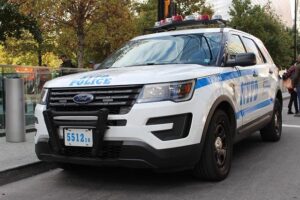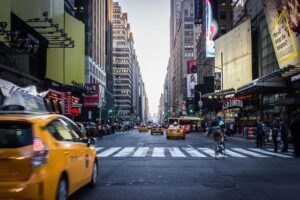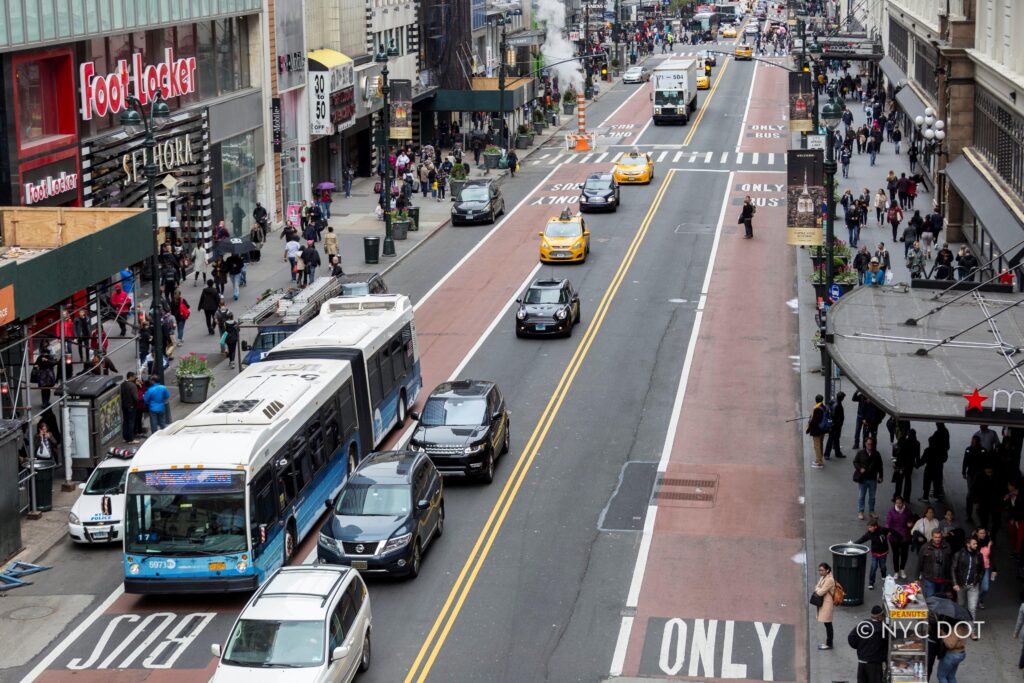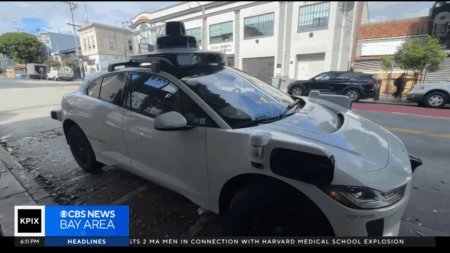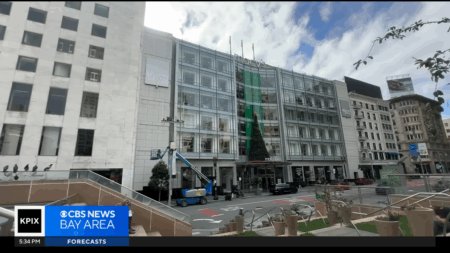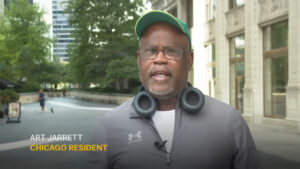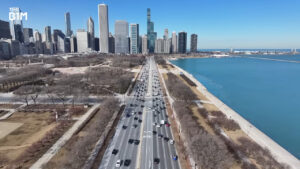Manhattan’s New Busway Project: Revolutionizing Urban Transit and Traffic Flow
The New York City Department of Transportation has introduced an ambitious plan to convert a major Manhattan street into an exclusive bus corridor. This move is designed to tackle the persistent traffic jams that choke the city’s busiest routes, while simultaneously enhancing the speed and dependability of bus services. By dedicating lanes solely to buses, the city intends to encourage more residents to choose public transit over private cars, thereby improving air quality and cutting down on harmful emissions caused by idling vehicles.
The proposal includes several key components:
- Exclusive bus lanes operational during peak travel times to ensure smooth, uninterrupted bus movement.
- Upgraded bus stops equipped with real-time tracking displays and improved accessibility for all passengers.
- Optimized traffic signals that extend green light durations for buses, reducing wait times at intersections.
| Expected Outcomes | Projected Impact |
|---|---|
| Reduction in bus travel times | Up to 25% |
| Growth in bus ridership | Approximately 15% |
| Decrease in carbon emissions | Near 10% |
Transportation Experts Discuss Advantages and Potential Drawbacks of the Busway
Urban mobility specialists and city planners have largely welcomed the busway proposal, recognizing its potential to significantly reduce congestion and enhance transit reliability along a critical Manhattan corridor. Supporters emphasize:
- Shorter commute durations thanks to dedicated bus lanes
- Lower greenhouse gas emissions by promoting mass transit usage
- More frequent and dependable bus services
- Possibilities for neighborhood revitalization by reducing car dominance
Nonetheless, some experts highlight challenges that must be addressed. These include the risk of increased traffic on adjacent streets as vehicles divert from the busway, which could worsen congestion in nearby areas. Business owners express concerns about reduced customer access for those traveling by car, potentially affecting sales. Additionally, critics stress the importance of comprehensive community engagement and adaptive traffic management to ensure a smooth transition.
| Benefit | Challenge |
|---|---|
| Faster bus commutes | Possible congestion spillover on side streets |
| Cleaner air through emission reductions | Opposition from drivers reliant on private vehicles |
| Increased public transit usage | Temporary disruptions during construction phases |
Community Voices Demand Inclusive Planning and Clear Impact Reporting
Neighborhood advocates and local leaders are calling for a participatory planning process as the city advances the busway project. They stress the importance of incorporating feedback from diverse communities to guarantee equitable transit access and minimize negative effects. “This project goes beyond transportation—it’s about maintaining the unique character and accessibility of our neighborhoods,” stated Maria Lopez, spokesperson for the East Side Neighborhood Coalition.
There is also a strong push for transparent and comprehensive impact assessments that detail the environmental, economic, and social consequences of the busway. To build trust and foster collaboration, community leaders recommend:
- Publishing accessible reports with clear, measurable data
- Hosting regular public forums with planners and officials
- Engaging independent third-party evaluators for unbiased analysis
- Including studies on effects to small businesses and pedestrian traffic
Balancing Efficient Transit with Thriving Local Businesses: Practical Recommendations
To ensure the busway benefits both transit users and local merchants, planners must adopt cooperative strategies. Early involvement of business owners in the design phase can help tailor solutions addressing concerns like delivery timing and customer accessibility. Designating specific loading zones during off-peak hours and implementing flexible curbside management can reduce disruptions while maintaining smooth bus operations. Ongoing dialogue with stakeholders will allow for adjustments that reflect changing business needs and traffic conditions.
Additionally, targeted support programs can assist businesses adapting to the new streetscape. Initiatives such as discount vouchers, expanded outdoor dining permits, and improved pedestrian amenities can attract customers despite reduced car traffic. The table below outlines key approaches to balance rapid transit with vibrant commercial activity:
| Approach | Advantage | Implementation Advice |
|---|---|---|
| Off-Hours Deliveries | Reduces congestion during peak times | Coordinate delivery schedules with businesses |
| Adaptive Curb Management | Balances loading needs with bus traffic | Utilize dynamic signage for real-time updates |
| Business Incentive Programs | Supports local commerce growth | Provide grants or marketing assistance |
Looking Ahead: The Future of Transit in Manhattan’s Key Corridor
As New York City advances its plan to establish a dedicated busway along a vital Manhattan street, the eyes of commuters, businesses, and residents remain fixed on the project’s development. While the initiative promises to enhance transit efficiency and ease traffic congestion, its ultimate success hinges on thoughtful execution and robust community involvement. With ongoing public input shaping the final design, the coming months will be pivotal in determining how this transformative change will redefine travel and urban life in one of the city’s most dynamic neighborhoods.
